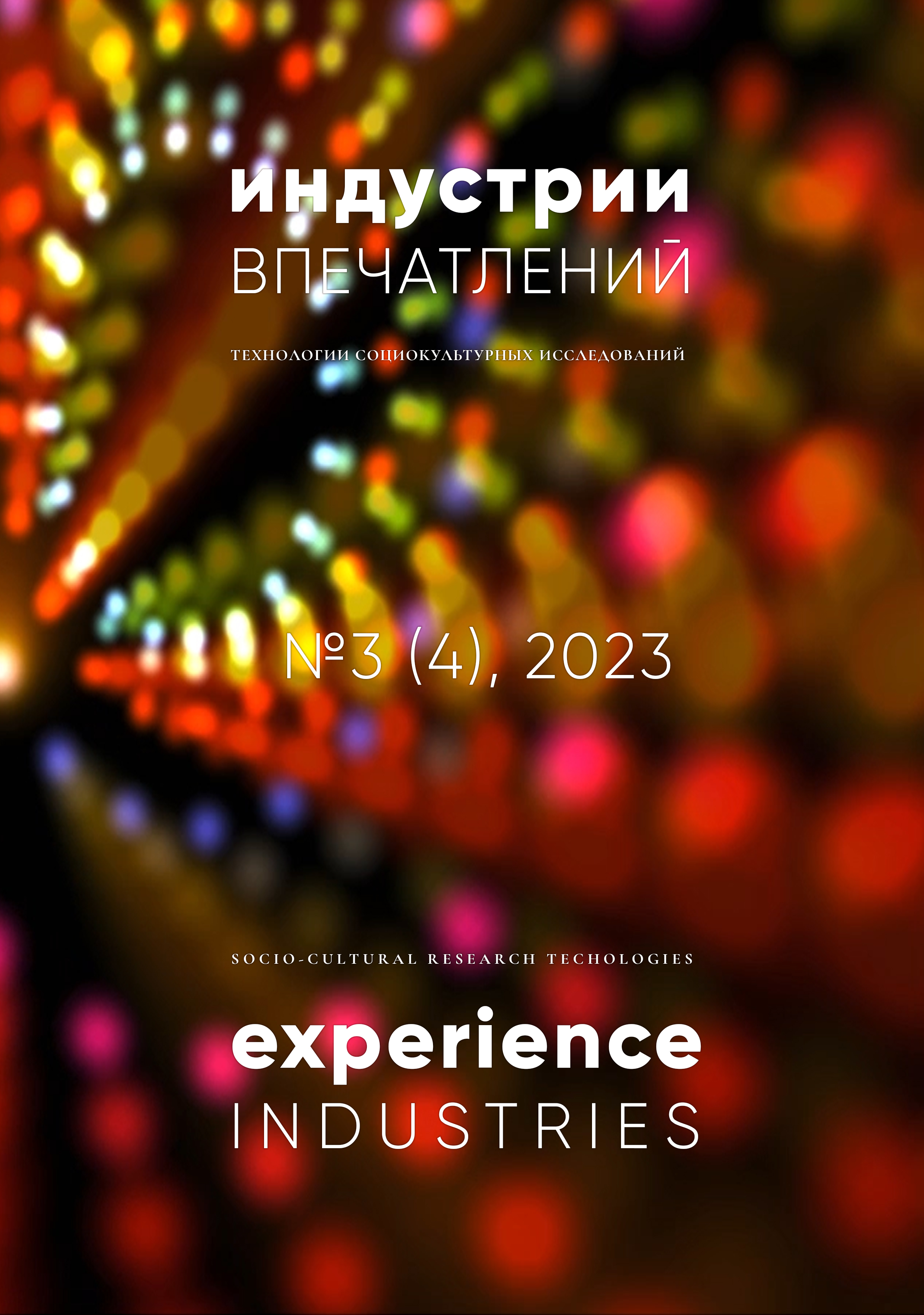ВЫСОТКА: СТАТУСНОЕ И ЦИФРОВОЕ ПОТРЕБЛЕНИЕ
DOI:
https://doi.org/10.34680/EISCRT-2023-3(4)-21-43Ключевые слова:
высотное здание, общество потребления, цифровое общество, ценность жилья, башняАннотация
Массовое строительство высотных зданий в СССР и других странах связано с послевоенной урбанизацией и проблемой доступности инфраструктуры. Однако, в отличии от проблем градостроительства, социальный аспект подобный застройки несправедливо обделен вниманием в научном дискурсе. В целях изучение влияния высотной застройки на социум в целом, и на человека в частности, в статье рассматривается образ башни в культурологическом и социально-философском дискурсе. Анализируется образ башен на полотнах Питера Брейгеля Старшего. Рассматриваются образы башен в мировом кинематографе на примере фильмов «Метрополис» 1927 года и «Высотка» 2015 года. Предпринимается попытка выявить ценность и риски обладания жилой площадью во взаимосвязи с этажностью квартиры в высотном здании. Анализируются подходы Г. Зиммеля, Ж. Бодрийяра и Р. Гиффорда к потреблению жилья и городской среде. Делаются выводы о том, некоторые социальные практики, закрепленные обществом потребления, транспонируются и на жилищное потребление.
Для цитирования статьи:
Сонина, Л. А., & Чурин, В. В. (2023). Высотка: статусное и цифровое потребление. Индустрии впечатлений. Технологии социокультурных исследований (EISCRT), 3 (4), 21-43. https://doi.org/10.34680/EISCRT-2023-3(4)-21-43








